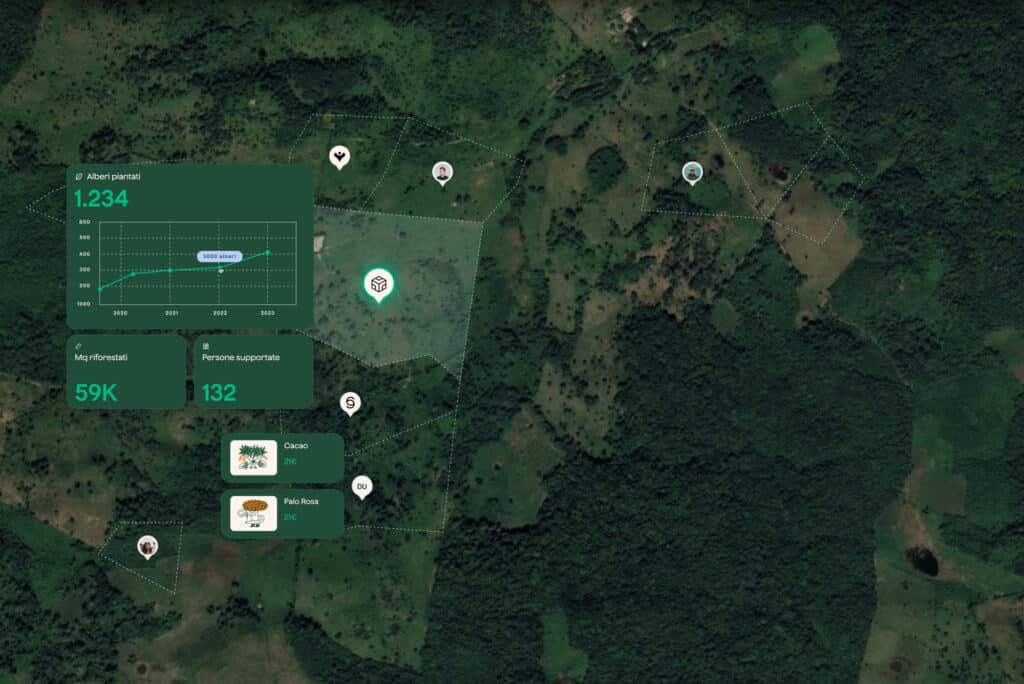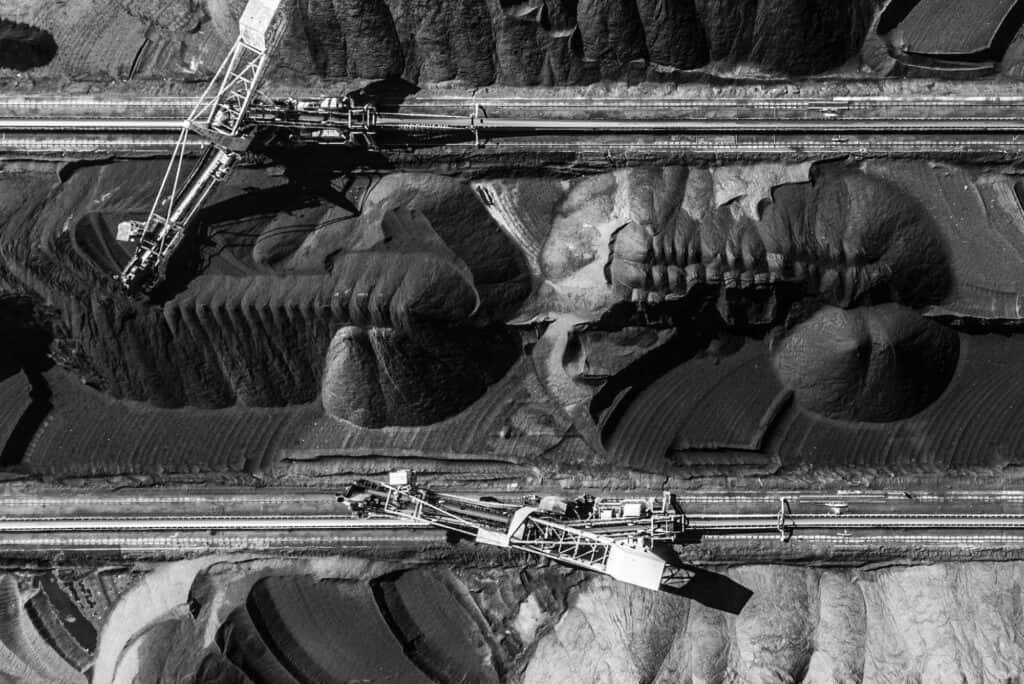What are carbon credits?
Carbon credits, also known as CO₂ certificates, originated as part of global policies to combat climate change by promoting the reduction and removal of greenhouse gas emissions.
Today, with an increasing number of companies committed to reaching Carbon Neutrality or Net Zero, the carbon credit market continues to grow, proving to be an important tool in the process of companies’ ecological transition.
A considerable push in this direction is now also coming from the new European CSRD(Corporate Sustainability Reporting Directive), which requires companies to report in detail on their sustainability performance, including environmental impacts and strategies to reduce greenhouse gas emissions. This is where carbon removals play a key role: carbon credits can be used by companies as a carbon offset to mitigate their residual ‘hard-to-abate’ emissions and demonstrate an active commitment to reducing their carbon footprint.
Indeed, the European Sustainability Reporting Standards (ESRS), the set of new European sustainability reporting standards (E 1-7 GHG removals and GHG mitigation projects financed through carbon credits) recognize that financing carbon removal projects outside the corporate value chain by purchasing high quality carbon credits can contribute largely to climate change mitigation. However, companies included within the scope of the CSRD will have to report their emissions separately from any purchased carbon credit to ensure transparency and prevent misrepresentation of data.
The Science Based Targets initiative also foresees the possibility of offsetting a small part of the hard-to-abate residual emissions with carbon credits. Thus, offsetting greenhouse gas emissions through the carbon credit system must always be considered as complementary to, and not a substitute for, a company’s decarbonization strategy.


















